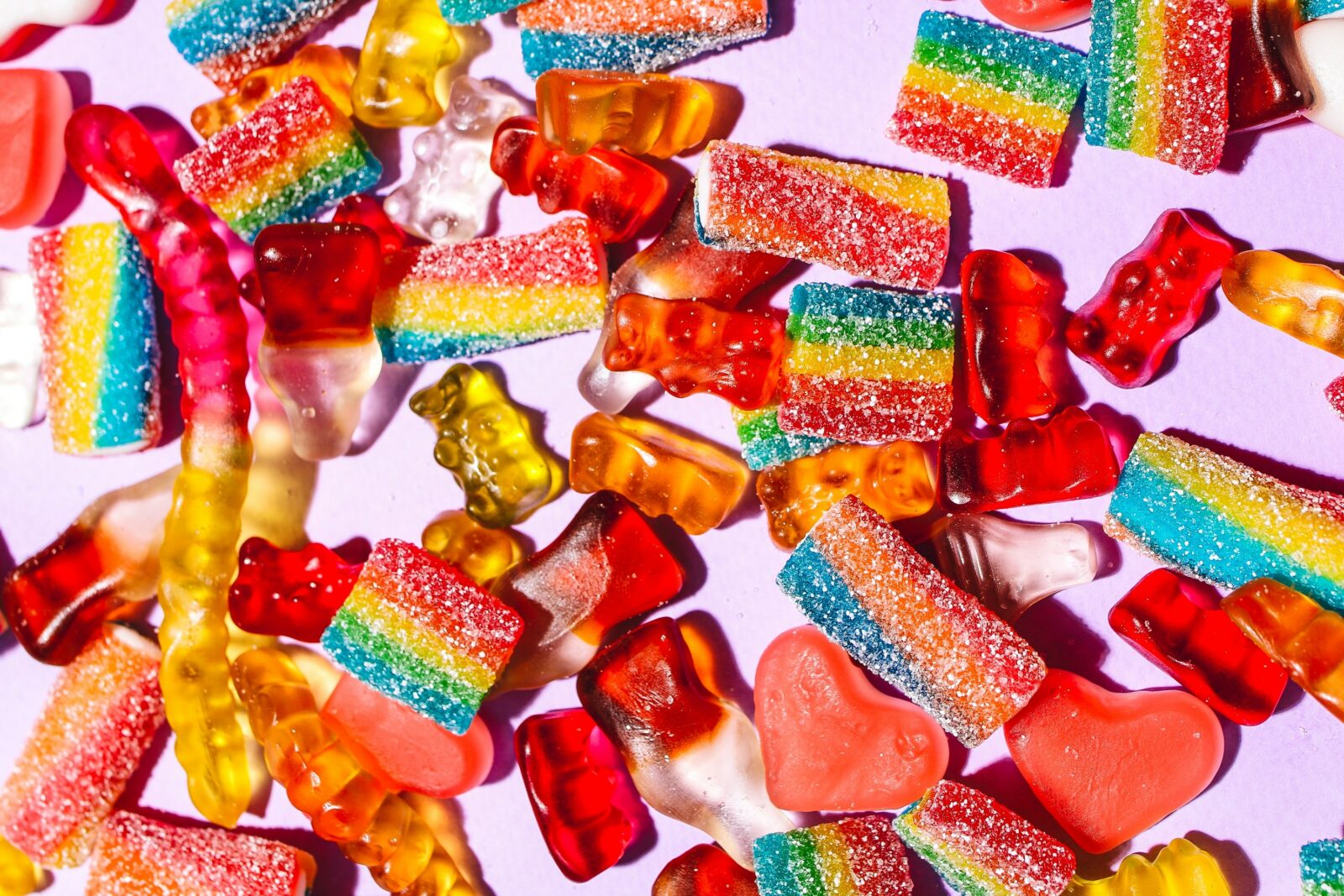
What do the following foods have in common?
- Sodas and soft drinks
- Energy drinks
- Sports drinks
- Jello
- Gummy snacks
- Strawberry-flavored milk
- Most cereals
- Fruit bars
- Doritos
- Hamburger Helper
- Kraft macaroni and cheese
- JIF Peanut Butter Bars
- Fruit Loops Fruit Snacks
- Lucky Charms
- Dannon Light ‘n Fit White Chocolate nonfat yogurt
- Lipton Brisk Iced Tea
- Kraft Spicy Honey barbecue sauce
- Hershey’s Lite Syrup (chocolate)
- Kellogg’s Nutri-Grain cereal bar (mixed berry)
They all contain Red Dye 40, which is a petroleum-based substance. The processed food industry uses over 15 million pounds of artificial food dyes into our food annually, and Red Dye accounts for 40% of that total. According to a 2010 article by the Center for Science in the Public Interest (CSPI), consumption of artificial dyes has increased five-fold since 1955.
There are 9 artificial dyes used in our food supply that are certified by the Food and Drug Administration (FDA). The amount certified has risen from 12 mg/capita/d in 1950 to 62 mg/capita/d in 2010.
While food manufacturers have a wide array of safe, natural alternatives to choose from, artificial food dyes are inexpensive and make foods brighter and more appealing. In addition, they provide more uniform coloring as opposed to natural food coloring.
Artificial dyes make processed foods look more natural. For instance, chocolate pudding would be closer to green in color without Red Dye 40 because it contains very little real chocolate.
Although Red Dye 40 has been approved by the FDA for use in food products and must be listed as an ingredient on labels, it has been banned at one time or another in Australia and most of Europe due to health concerns.
Members Only Content
To continue reading please subscribe to WellnessPlus by Dr. Jess MD
Be your own best doctor with our comprehensive suite of online health coaching tools.
